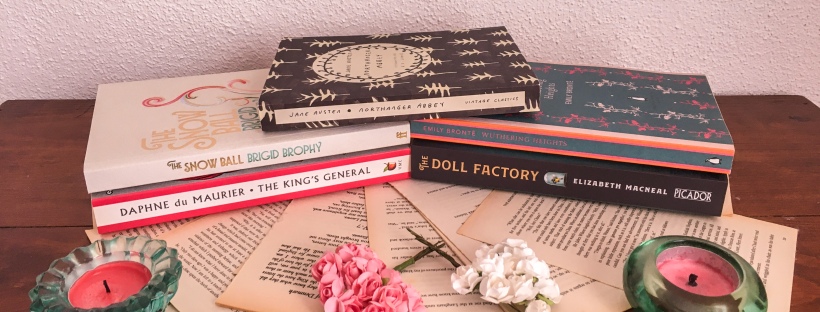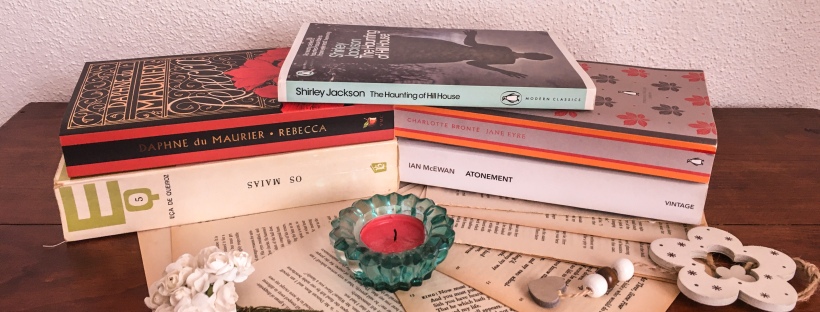This year, Valentine’s day felt like an unmissable opportunity to recommend books that feature great couples. The novels that I’m about to mention don’t include my favourite love stories (I wrote a post about them some years ago), but they revolve around characters who have interesting, engrossing, believable or compelling relationships (not all of them healthy) with others. Those connections can be either more long lasting or more fleeting. They won’t leave readers indifferent regardless.
Furthermore, these are books that, despite not being perfect, are worthy reads for a variety of reasons and not only because of the couples in them. It’s the books as a whole that I’m recommending and not just the relationships in them.
The King’s General by Daphne du Maurier
Taking place throughout various years in the 17th century, The King’s General by Daphne du Maurier follows two main characters, Honor Harris and Richard Grenville, while exploring themes connected with love, pride, disloyalty and acceptance. Although Richard has many faults, Honor falls in love with him. An accident leads to their separation, but they end up meeting again a few years later. Their interactions remain as entertaining and as engaging, despite them having grown older. While Honor is bold and rebellious as a young woman, never being afraid of speaking her mind, her experiences as an adult make her become undoubtedly perceptive. Richard is a multifaceted character, being both capable of humane and despicable acts. He is delightfully sardonic as well.
Continue reading








